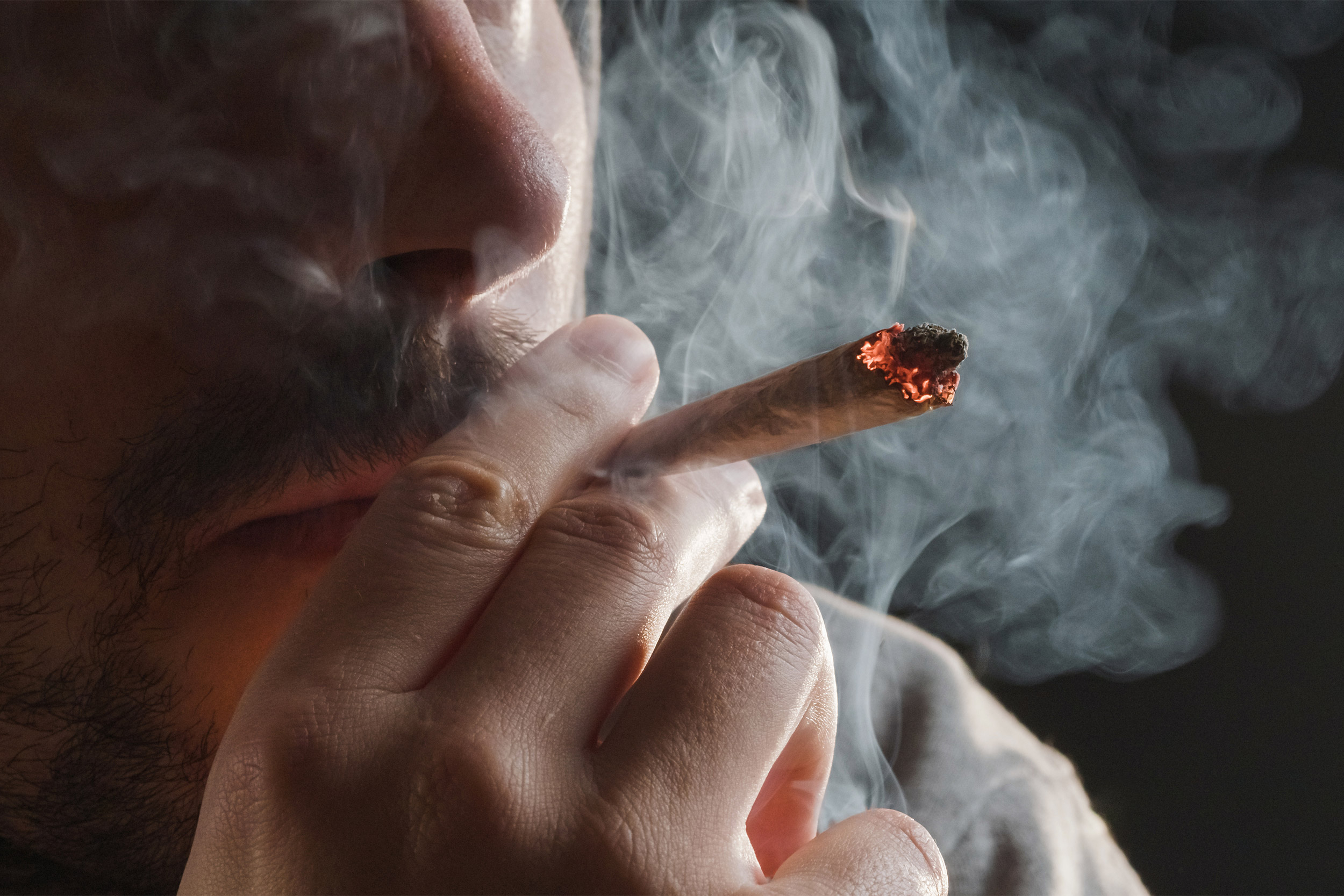
Between 2008 and 2020, cannabis use among surgical patients tripled in Massachusetts with one in seven reporting use prior to surgery, according to the study.
iStock by Getty Images
Level of cannabis use could determine post-op outcomes
Study finds surgical patients with addiction issues may be at greater risk for complications, including sudden cardiac death after anesthesia
Surgical patients with cannabis use disorder were linked with higher odds of a 30-day hospital readmission, compared to patients who did not use cannabis, according to a first-of-its-kind study led by anesthesiologists at Harvard-affiliated Beth Israel Deaconess Medical Center.
Researchers found that patients with a diagnosed cannabis use disorder more often required advanced postprocedural health care — such as admission to an intensive care unit — compared to non-users. However, patients whose use of cannabis was not classified as a disorder had lower odds of requiring advanced health care after surgery and shorter hospital stays compared to patients who never use cannabis.
Researchers analyzed data from patients who underwent non-cardiac surgery in Boston between 2008 and 2020. The study was published in The Lancet’s eClinical Medicine.
In this hospital registry study, corresponding author Maximillian S. Schaefer, director of the Center for Anesthesia Research Excellence at BIDMC, and colleagues analyzed data from 210,639 adult patients undergoing non-cardiac surgery at BIDMC between January 2008 and June 2020. Over the entire study period, the researchers found that more than 16,000 patients, or 7.7 percent, used cannabis prior to surgery, of which 14,045 (87 percent) were identified as non-medical users and 2,166 (13 percent) had a diagnosis of cannabis use disorder. Of all the patients undergoing surgery, a total of 24,516 patients, or 12 percent, required advanced postprocedural health care utilization, among which 1,465 patients self-identified as non-medical cannabis users, 418 patients presented with cannabis use disorder, and 22,633 patients had no reported ongoing cannabis use.
Overall, patients who self-identified as cannabis users were on average younger, more often male, and more likely to suffer from depression, anxiety, and schizoaffective disorders. Substance use disorders related to alcohol, cocaine, IV drugs, prescription medications and psychedelic drugs were more frequent in patients who used cannabis.
“As these comorbidities have been associated with increased complications including arrhythmias and sudden cardiac death after anesthesia, a history of cannabis use disorder might serve as an indicator of potentially complicating factor for patients undergoing anesthesia that in turn contribute to the requirement of higher-level health care utilization after surgery,” Schaefer said.
“We hope our data helps make clinicians aware of how different patterns of cannabis use might represent different patient populations, which in turn translates into distinct perioperative risk profiles,” he added.
Over the course of the study period, the scientists saw the prevalence of cannabis use rise from 5 percent in 2008 to 14 percent by 2020 and observed higher rates of cannabis use among those undergoing surgery than previous studies reported. While the scientists acknowledge the discrepancy could be the result of regional consumption patterns, they suggest their inclusion of ongoing self-reported non-medical cannabis users based on structured pre-admission interviews paints a more accurate picture than findings that identified patients’ cannabis use on diagnostic codes alone.
“This cohort represents a distinctively different patient population of more general non-medical users,” said Schaefer. “These differential findings in patients who self-identified as ongoing, non-medical cannabis users without a diagnosis of disorder strongly suggest that future studies need to differentiate these two patient populations. Findings based on the identification of cannabis use from diagnostic codes alone might not be applicable to most mainstream cannabis users.”
Co-authors included first author Elena Ahrens, Luca J. Wachtendorf, Laetitia S. Chiarella, Sarah Ashrafian, Aiman Suleiman, Tim M. Tartler, Basit A. Azizi, Guangqing Chen, Amnon A. Berge, Denys Shay, Valerie Banner-Goodspeed, Haobo Ma, and Kevin P. Hill, of BIDMC; Bijan Teja, of University of Toronto; and Matthias Eikermann of Albert Einstein College of Medicine.
This work was supported by an unrestricted, philanthropic grant of Jeff and Judy Buzen. Hill has served as a consultant for Greenwich Biosciences and has received an honorarium from Walters-Klewer as an author. Schaefer received funding for investigator-initiated studies from Merck and Co., which do not pertain to this manuscript. Schaefer received honoraria for presentations from Fisher and Paykel health care and Mindray medical information international limited period. All other authors declare no competing interests.





